Callery pear - why the antipathy?
User
8 years ago
Featured Answer
Sort by:Oldest
Comments (76)
gardengal48 (PNW Z8/9)
8 years agoEmbothrium
8 years agolast modified: 8 years agoRelated Discussions
Would you ever grow a callery pear?
Comments (80)ohhhh .. its something else... for sure .... lol surprised you could not smell the stink??? there are some awesome pruning stubs there also ... i am wondering .... if this tree was topped at some point in its life ... i cant even begin to explain... why it has all the shoot growth in the center there .. unless it split oh so many years ago ... i would call this tree... 'firewood' .... ken...See MoreCallery pear changing color early.
Comments (17)"there is definitely something odd going on with the soil around that tree. There is a small patch of bright yellow but otherwise healthy looking grass directly behind it." Wonder if someone poured ammonia or extra salt in that area in an effort to kill the tree and stop the pesky sprouts the tree was sending into their yard. Of course those ideas are not proof of any such activity, but still something to consider. I am not saying you should directly blame you neighbor, but maybe some investigation would be in order, like maybe have a soil test done, and also maybe set up a video camera that records what happens in that location at all hours of the day and night....See MoreWhat have States done about the invasiveness of the Callery Pear?
Comments (15)sam_md No i did not get a chance to do that. But, i might actually look up information about the new atlas. This dwarf version i want is so small and cute, i cannot resist. It is just terribly hard to find and many nurseries i contact have never even heard of it. I found one company (baylaurelnursery.com) that might be able to get it as one of there local suppliers grows it but i would have to buy 5 trees. The wholesale company will not sale bay laurel nursery just one. My nurseries her in arkansas cannot get it or they also say it will be hard for them to get just one tree. But a mail order nursery out of PA said that they will have it in stock next spring so i am keeping my fingers crossed. I also wonder if it is grafted or if a cutting or seeds will also produce a dwarf version? If my yard was not so small i would have no problem planting the original bradford but i fear in time that if i do plant it, it might break and cause damage to my home. I just cannot get enough of the lolli-pop, oval-round shape of the tree. It is so uniform and pretty. But i dont think it is listed as invasive in Arkansas, although it is planted EVERYWHERE and 90% of them are broken and in terible ugly shape. My church has the nicest older one that i have seen. It has not fell apart yet. Im hoping that with the dwarf version there will be less chance of breakage since it will stay only 15-20ft....See MoreCleveland Pears...need information help!
Comments (23)Sorry I haven't been back... It looks like one tree may have been planted. I talked to most of the HOA Board Members (of which I am also a Board member) and they, unfortunately, have the attitude of "so what?" They also say: * we already have lots of pear trees in the neighborhood so what's a few more? * whatever we do won't matter so why bother worrying about it * if the nurseries still sell them they must not be that bad * we already have so many other invasive plants [canada thistle, multaflora rose, & tree of heaven] what's one more? Both Howard County and the MD Dept of Natural Resources have asked that we not plant them but the response I got on that one is "if they aren't stopping the nurseries from selling them then it must not be that important or that much of a problem" VERY frustrating...I tried explaining about being "environmentally responsible" and how if everyone has that attitude then they're right, nothing will help; but if we start by taking a stand and doing something about it then we can make a difference... *sigh* I tried. It looks like we have a long way to go here in Maryland and, in particular, Western Howard County! Thanks for all your support!...See MoreLogan L. Johnson
8 years agogardengal48 (PNW Z8/9)
8 years agoLogan L. Johnson
8 years agotlbean2004
8 years agogardengal48 (PNW Z8/9)
8 years agoUser
8 years agoEmbothrium
8 years agolast modified: 8 years agotlbean2004
8 years agowisconsitom
8 years agotlbean2004
8 years agotlbean2004
8 years agoEmbothrium
8 years agolast modified: 8 years agotlbean2004
8 years agoLogan L. Johnson
8 years agoLogan L. Johnson
8 years agowisconsitom
8 years agolucky_p
8 years agolast modified: 8 years agoUser
8 years agolast modified: 8 years agosam_md
8 years agowisconsitom
8 years agolast modified: 8 years agoUser
8 years agolast modified: 8 years agowisconsitom
8 years agoUser
8 years agolast modified: 8 years agowisconsitom
8 years agoUser
8 years agodavidrt28 (zone 7)
8 years agolast modified: 8 years agodavidrt28 (zone 7)
8 years agolast modified: 8 years agolucky_p
8 years agoUser
8 years agolast modified: 8 years agowisconsitom
8 years agolucky_p
8 years agolast modified: 8 years agoEmbothrium
8 years agoUser
8 years agolucky_p
8 years agoj0nd03
8 years agowisconsitom
8 years agosam_md
8 years agoHuggorm
8 years agoEmbothrium
8 years agolast modified: 8 years agoToronado3800 Zone 6 St Louis
8 years agolast modified: 8 years agoparker25mv
8 years agolast modified: 8 years agoi_like_pi
8 years agoUser
8 years agoEmbothrium
8 years agoNHBabs z4b-5a NH
8 years agoUser
8 years agolast modified: 8 years agoEmbothrium
8 years agolast modified: 8 years agoparker25mv
8 years agolast modified: 8 years ago
Related Stories

FALL GARDENING11 Trees for Brilliant Fall Color
Give your landscape the quintessential look of autumn with the red, orange and yellow leaves of these standouts
Full Story


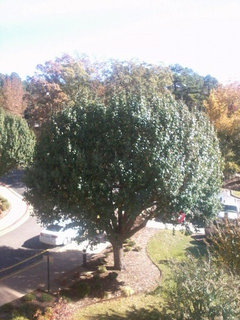
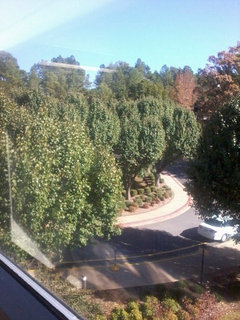
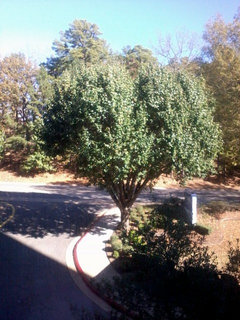
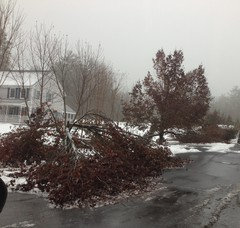


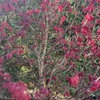
Embothrium